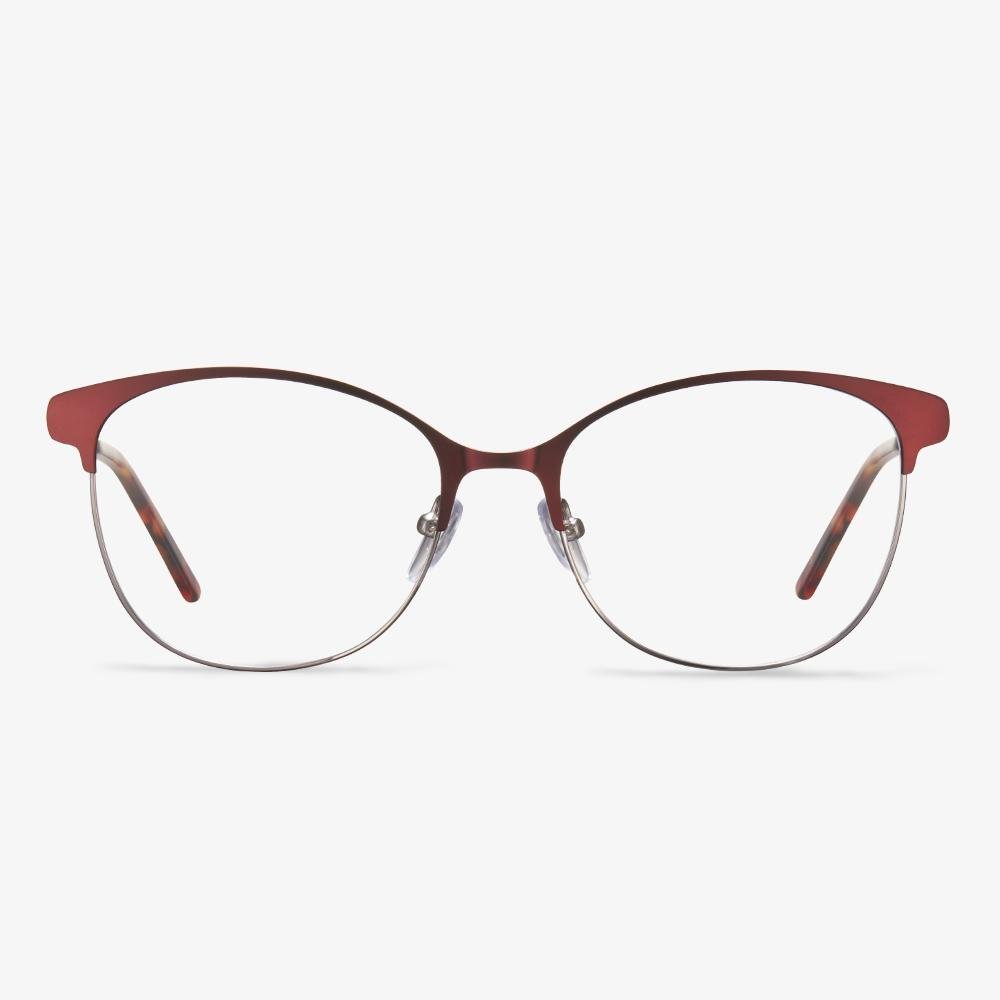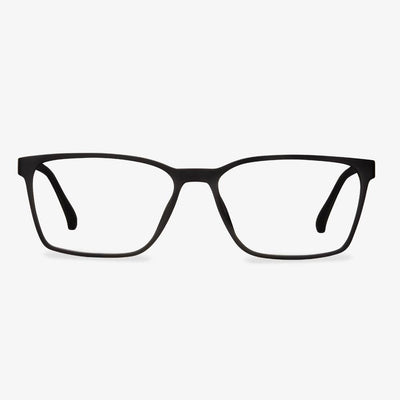Progressive lenses and single vision lenses
An optical lens that has only one luminosity on a single vision lens and does not have special functions.
The curvature of the front surface of the progressive lens increases continuously from top to bottom, and the refractive power increases gradually and continuously from the distance zone located on the upper part of the lens until the near zone at the bottom of the lens reaches the required near-use refractive power. A pair of glasses can be used. You can see far away, you can see close, and you can see objects in the middle distance.
How Do Progressive Lenses Work?
So, how do progressive glasses work? Progressive lenses allow you to see at all distances with one pair of glasses. They start with your distance prescriptions at the top of the lens and increase as you move toward the bottom of the lens. You can move your head position to allow you to focus through different areas of the lens.
Move your head upwards to see something in the distance, and hold it straight for intermediate or arm’s length vision and down for near vision for objects that are close up. Apart from the aesthetic improvement of the lens without the line segments, progressive lenses avoid the visual discontinuity or image-jump when your eyes shift from one zone to the other in non-progressive multifocals.
Which face types are suitable for rimless glasses?
Rimless glasses are mainly suitable for round faces, heart-shaped faces, square faces, and other most face shapes. Rimless frames are designed to be light, hence, they ease the wearer's stress, increasing comfort, and providing a wide view. Rimless glasses suit most face types, suitable for people who are short-sighted within 600 degrees. If the degrees are too high, you should not wear rimless glasses. When the degrees are too high, the lens will be suitable for thickening, so rimless glasses will show bloated.
1.67 vs 1.74 High Index Lenses: What Are Their Differences?
In this section, we will show you the differences between 1.67 high index lenses and 1.74 high indexes.
- 74 high index lenses are thinner and lighter than 1.67 high index lenses.
- 74 high index lenses are expensive than the 1.67 high index lenses.
- Both 1.67 and 1.74 high index lenses can reduce the eye distortion caused by strong prescriptions, 1.74 high index lenses perform better than the 1.67 high index lenses.
- As for the color of lens, both come in clear, gray-tinted and brown-tinted, but only 1.67 high index lenses come in Transition brown or gray.
- 74 high index lenses are better for those looking for the thinnest lens possible. So, patients with extremely strong prescriptions chooses this.
- 67 high index lenses are better for those looking to save money or those who do not have extremely high prescriptions. They are also the only choice if you are looking to get Transitions.
From the above information, you can find the main differences between these two lenses are price, thickness, weight, color options and general appearance. Most people who choose 1.67 high index lenses generally either do not have an extremely high prescription or are shopping on a budget. 1.74 high index lenses, on the other hand, are the thinnest and lightest plastic lenses currently in existence.
The cost of an eye exam
If you have a Walmart Vision Center near you and you need a new or updated prescription, you can schedule your eye exam there. Some vision centers have independent optometrists who work in offices next to Walmart. An eye exam at Walmart costs about $73, depending on where you live. Call your nearest Walmart Vision Center to get the exact price of an eye exam.
The life of the color-changing lens
There is a reaction fatigue problem in both compound reaction and bond-breaking ring-opening reactions. Therefore, there is a shackle in the process of discoloration, which is the life of the discoloration lens. Generally speaking, high-quality color-changing lenses can maintain more than 90% color-changing effect after 2 years of use.
Features of acetate frames
These are several powerful attributes of acetate frames, indicating that this material is very unique. The high-quality acetate frame is known for its lightweight, fastness, and thin structure.
- No harm to the environment.
- Made of renewable materials.
- Hypoallergenic.
- Available in various colors.
- Can make exquisite designs.
- Can be adjusted by an optician.


















































